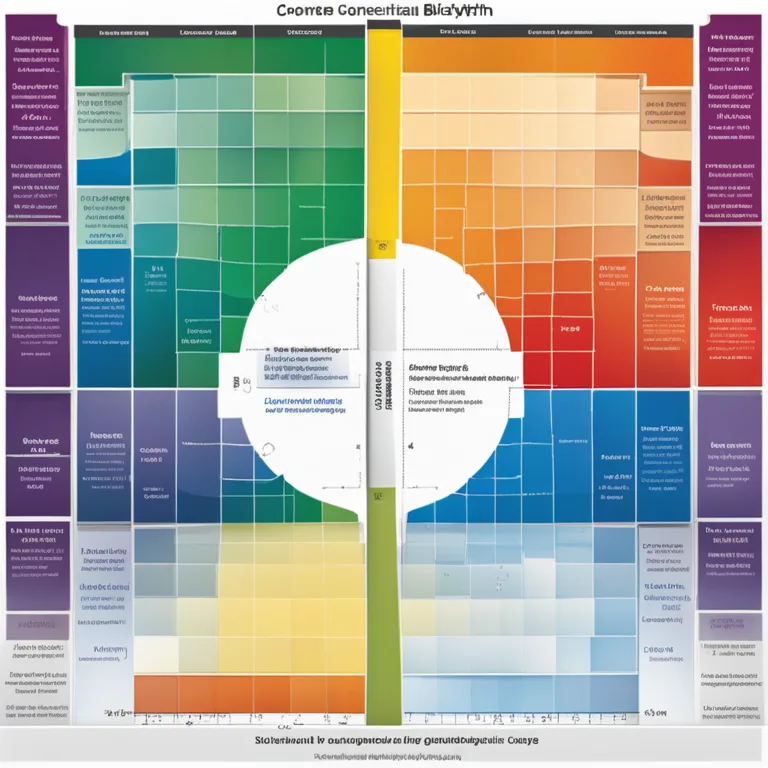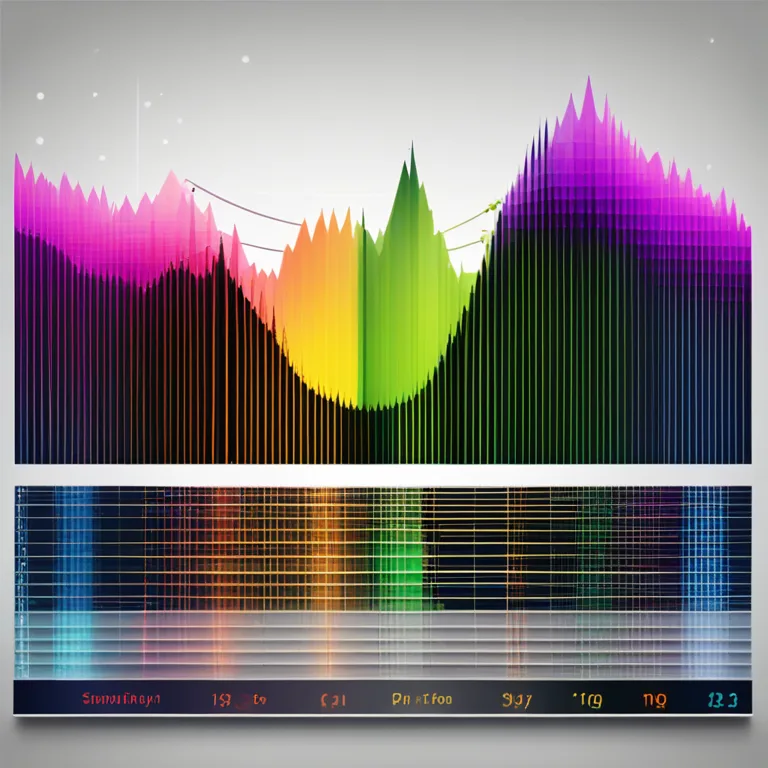
Biorhythms: Key Patterns in Biological Cycles
Discover how biorhythms shape our daily lives through physical, emotional, and intellectual cycles, influencing our overall well-being.
article by Adrian Wallace
The Science of Biorhythms
Biorhythms are a concept that hypothesizes the existence of innate cycles in human life that influence our physical, emotional, and intellectual abilities. The theory gained popularity in the early 20th century and persists as a topic of interest within the realms of alternative and holistic wellness. Modern perspectives on biorhythms suggest looking at these patterns as frameworks for understanding fluctuations in human functioning. Contrary to strict deterministic views, current discussions emphasize individual variability and the interplay between biorhythmic cycles and external factors, such as lifestyle and environmental influences.

Physical Biorhythm Cycle
Typically, the physical cycle is observed over a 23-day period and is thought to govern factors such as stamina, strength, and coordination. During the first half of the cycle, individuals may experience heightened physical capabilities, while the second half may bring about a phase of recovery and lower performance levels. Modern applications encourage monitoring this cycle to optimize physical activities and rest periods for better health outcomes. Some proponents recommend syncing exercise regimes and laborious tasks with high points in the physical biorhythm.

Emotional Biorhythm Cycle
The emotional cycle, lasting around 28 days, mirrors the lunar month and concerns mood, creativity, and emotional stability. As emotional highs coincide with increased sociability and optimism, the lows can be periods of introspection or subdued feelings. Contemporary advocates for biorhythm awareness utilize this cycle to anticipate emotional fluctuations, thereby planning high-stress activities or social events when emotional resilience is stronger, and seeking relaxation or solitude during less stable periods.

Intellectual Biorhythm Cycle
Spanning a 33-day timeframe, the intellectual cycle covers aspects of analytical thinking, decision-making, and cognitive processing. Being aware of one's intellectual cycle can aid in scheduling intellectually demanding tasks when the cycle predicts enhanced mental clarity. Awareness of these trends might help individuals choose the best moments for learning new skills, solving complex problems, or engaging in strategic planning.

Integrating Biorhythms into Daily Life
While skeptics argue that biorhythms lack empirical support, enthusiasts often integrate these cycles into their daily routines to maximize well-being and productivity. By observing personal patterns and making lifestyle adjustments accordingly, individuals may find a greater sense of harmony and performance in various aspects of life. It's important to note, biorhythms should not solely dictate one's choices, but they can serve as an additional tool in self-optimization.
Technology and Biorhythm Tracking
Advancements in technology have brought about apps and wearable tech geared towards tracking biorhythms, offering personalized insights and forecasts. This fusion of ancient concepts with modern tech underscores a trend in health and wellness focused on personalized, data-driven approaches to self-care. Catering to the increasing demand for self-knowledge and optimization, these tools aim to bring the biorhythmic theory into the hands of those seeking to fine-tune their lifestyle strategies for the future.
Published: 12/28/2023
Modified: 12/28/2023
More predictions
Come back here soon to learn more about yourself and your future


The Concept of Biorhythm Compatibility
Discover the concept of biorhythm compatibility and its role in personal relationships in this comprehensive guide.


The Core of Biorhythm Theory
Delve into the core of biorhythm theory, a concept that suggests our daily lives are influenced by natural physiological cycles.


The Rhythms of Life: Delving into Biorhythm
Discover how biorhythm cycles influence your physical, emotional, and intellectual wellbeing, and how to track these patterns for optimal living.